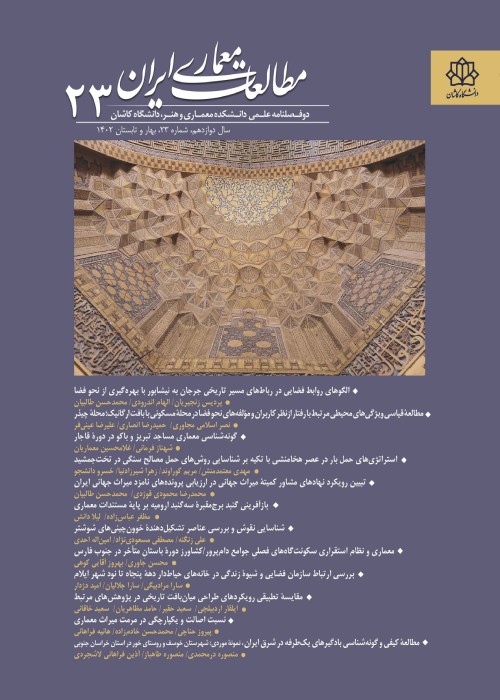Stakeholder Conflict Analysis in Urban Historic Areas: Sangelaj Buffer Zone Plan in Tehran as a Case Study
Urban historic areas are the physical manifestations of values, traditions, and ideologies that express the history of societies, their evolution, and cultural identity. These areas, as a part of urban structure, are places for residence, activity, and business of a vast variety of stakeholders with different and sometimes conflicting interests and demands, and on the other hand, are the realm of cultural heritage conservation that imposes some limitations on stakeholders leading to conflicts of interest. Therefore, stakeholder conflicts in such areas are unavoidable and conflict management as part of the urban planning mission is indispensable. Stakeholder identification and analysis of their conflict pattern in urban historic areas provide the platform for stakeholder conflict management, therefore, this paper attempts to identify the involved stakeholders in Sangelaj Buffer Zone Conservation Plan and their perspectives toward it, and finally analyze the conflict pattern resulted from this conservation plan. This study was carried out based on the qualitative research paradigm, and the required data was collected using snowball sampling and in-depth interviews and analyzed and coded in Nvivo10 software based on grounded theory. According to the findings, involved stakeholders in this plan are categorized into “public and private stakeholders” and their perspective toward the plan includes “conflicting”, “interactive”, “power-based” and “neutral”. Conflicting perspective includes “value conflict,” “economic conflict,” and “procedural conflict,” which are classified into two main categories: “conflict of public and private interests” and “organizational conflict”. The authoritarian nature of the conservation planning system, non-participatory and unrealistic conservation plans, the disintegration of urban planning and conservation planning, and the lack of compensation mechanisms for owners are the main reasons for conflict in this conservation plan.
- حق عضویت دریافتی صرف حمایت از نشریات عضو و نگهداری، تکمیل و توسعه مگیران میشود.
- پرداخت حق اشتراک و دانلود مقالات اجازه بازنشر آن در سایر رسانههای چاپی و دیجیتال را به کاربر نمیدهد.





